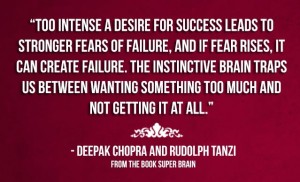EBH Equus Coaching™ teaches this and more.
Imagine that, instead of a entering a donor meeting, you are walking out to a huge field to catch and halter a horse. Your prospective donor and this horse have much in common. Both are exquisitely sensitive. They have a lot of say in how this goes. And each can feel your true intentions from the gate. What are you communicating even before you use words?
Urgency says: “I want to create a relationship that’s transactional so that I can get something from you. I already have the end in mind.”
Generous curiosity says: “I want to connect with you and understand where you’re coming from. Your preferences matter to me. I have an idea of what we might do together, but whether and how that happens is mostly up to you.”
Which approach do you think sends the horse or human running off, leaving you in the dust?
Come play with us! Learn to set a clear intention and show up with present, peaceful, power.
#fundraising #advancement #leadership #EquusCoaching#communication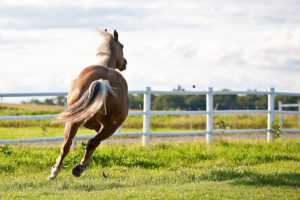
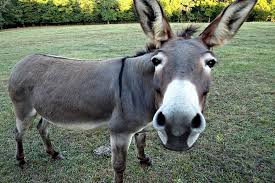
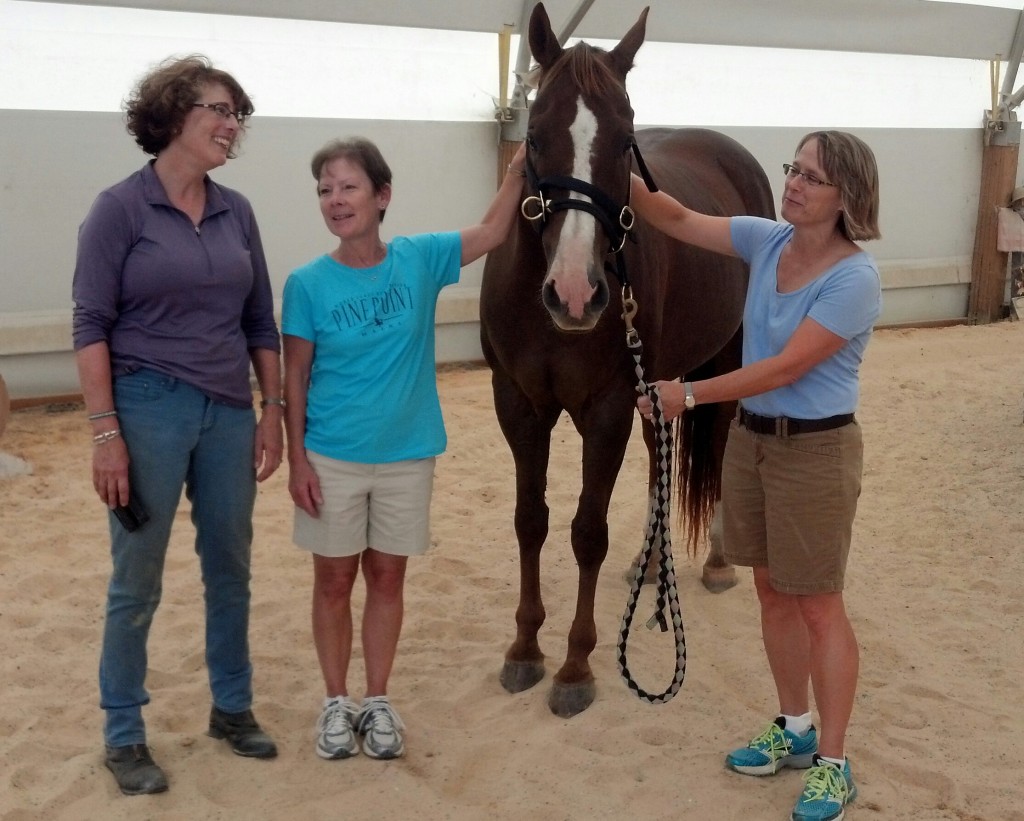
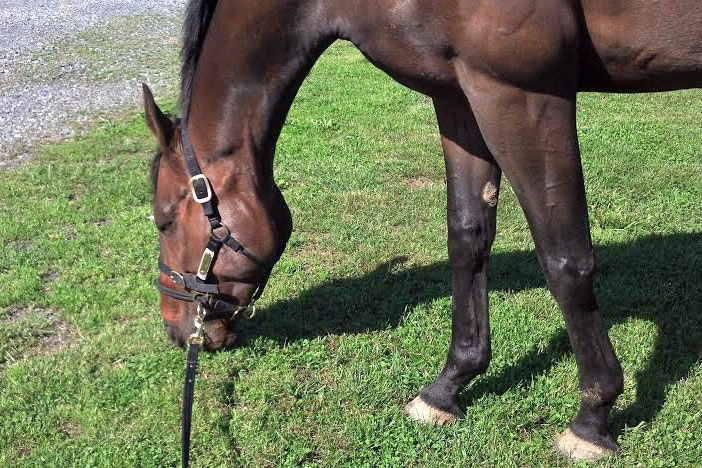
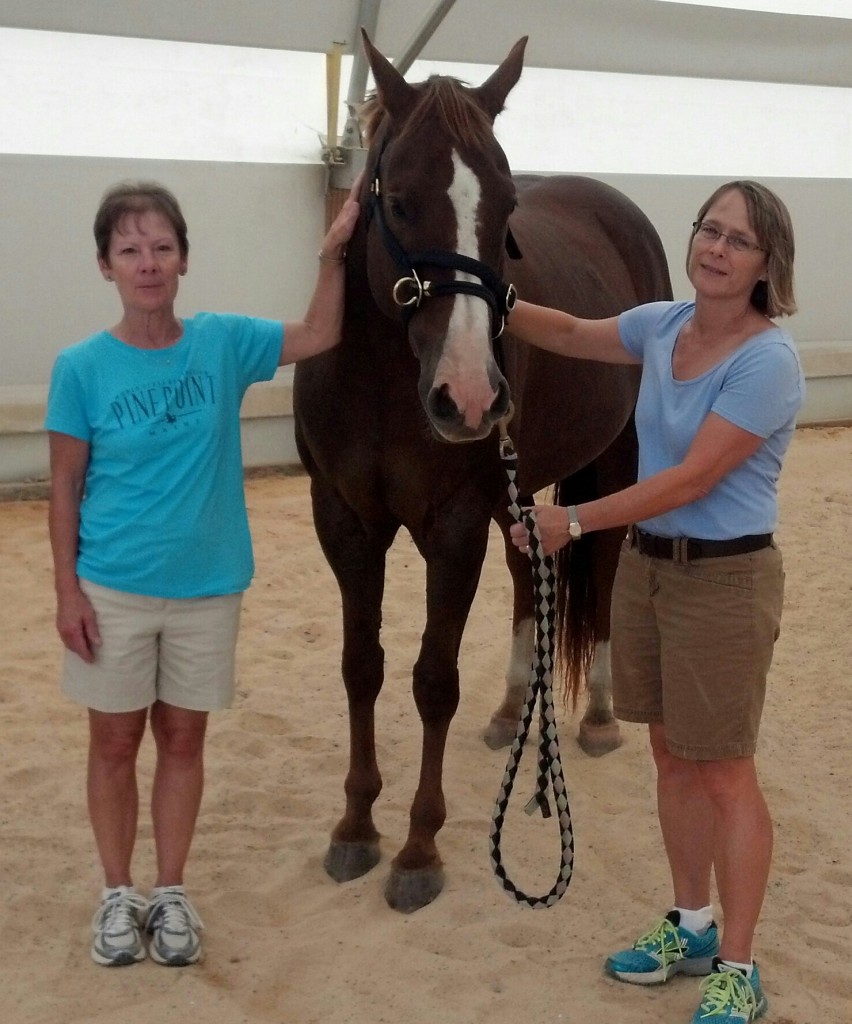

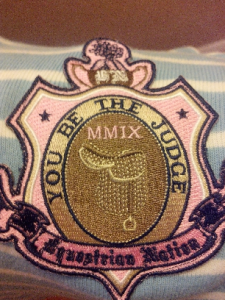
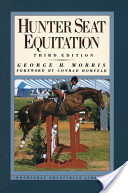 George Morris is an old-fashioned stickler, a winner who knows that safety and high performance result when riders practice exacting, continuous self-improvement and when both horse and rider are meticulously conditioned, groomed, prepared. In barn aisles and in a rider’s position, there is one correct way and anything you notice is wrong.
George Morris is an old-fashioned stickler, a winner who knows that safety and high performance result when riders practice exacting, continuous self-improvement and when both horse and rider are meticulously conditioned, groomed, prepared. In barn aisles and in a rider’s position, there is one correct way and anything you notice is wrong.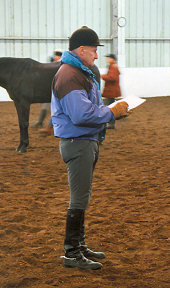
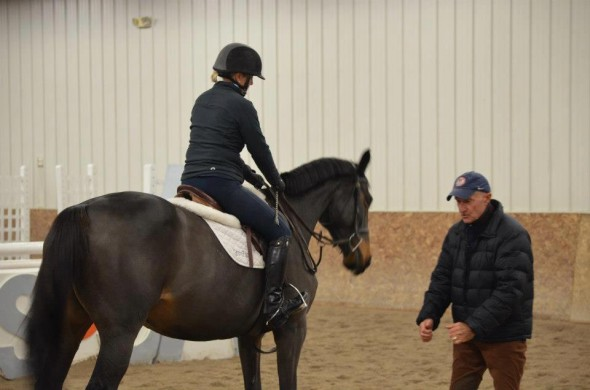
 Spring is nigh, and we’re dusting off our free weights, trying out Pilates, buying new running shoes. Can you feel the promise in the air?
Spring is nigh, and we’re dusting off our free weights, trying out Pilates, buying new running shoes. Can you feel the promise in the air?